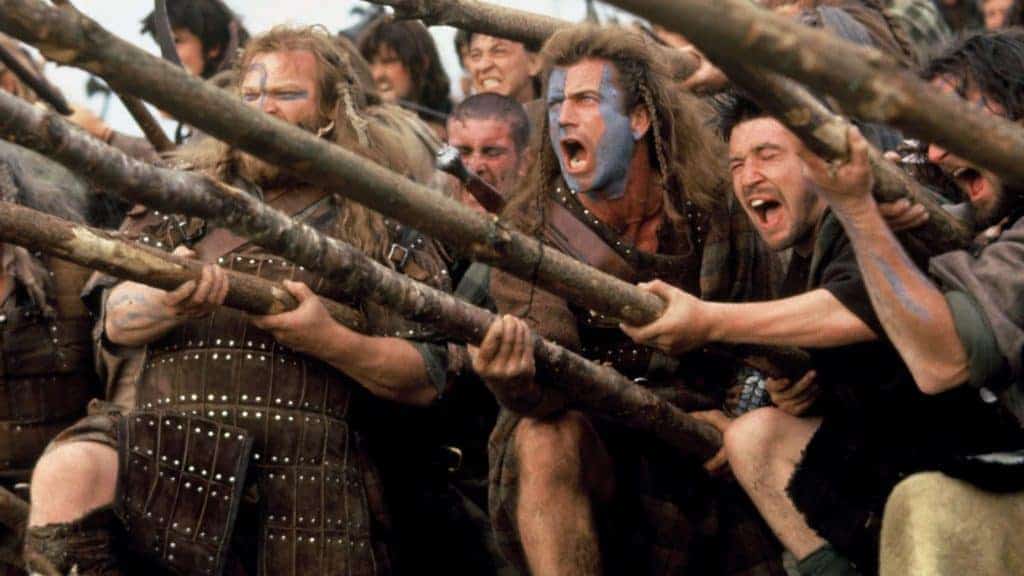Movies set in antiquity have the magical ability to take us back in time, while they usually offer big doses of entertainment and action. Epics and historical dramas follow the fascinating adventures of great heroes and notable figures of the past, while they often present us a side of their personality that we didn’t get a chance to know through history books. On several occasions, these films also educate us, but only when Hollywood hasn’t totally disregarded the facts of the original story or historical event that is being portrayed.
However, we shouldn’t be so concerned about historical accuracy when it comes to epics, but rather the telling of a majestic and glorious story. The drama of an epic film is often accompanied by a grandiose soundtrack, regal costumes, and bloody battles. That’s why millions of movie fans around the world – including myself – love this genre with a passion, since we know that the film we are going to watch when we enter a movie theater, has a larger-than-life storyline that usually takes place thousands of years ago. They don’t call them “epics” for no reason after all.
So, without further ado, today’s list presents sixteen films set in antiquity with an indelible plot that carries out some kind of heroic deed. Despite the undeniable examples of hyperbole in most of them, the following films manage to narrate in a fascinating way all those historical events that school books made them seem dull and boring.

1. Agora
The Film: A historical drama set in Roman Egypt about a slave who turns to the rising tide of Christianity in the hope of pursuing freedom while falling in love with his mistress —the famous Hellenistic Neoplatonist philosopher and mathematics professor Hypatia of Alexandria—Agora is one of the most underrated films of recent years. Alejandro Amenábar’s masterpiece is a breathtaking excursion into religious fascism and misogynistic tyranny presented beautifully by Rachel Weisz, who probably gives one of the best film performances in years as a scientist who is light-years ahead of her generation: Hypatia.
The Historical Events: Founded by Alexander the Great in 331 BC, the city of Alexandria quickly grew into a center of Greek culture and learning for the ancient world. At its heart was the museum, a type of university, whose collection of more than a half-million scrolls was housed in the library of Alexandria. The city attracted many brilliant philosophers and scientists, with one of them being Hypatia, a decorated mathematician, astronomer, philosopher and the last great thinker of ancient Alexandria. She was among the most influential personalities in Alexandria during a turbulent time when the city was plagued by fighting among Christians, Jews and pagans, while the power balance in the Roman Empire was shifting from the Greeks (pagans) to Christians.
Hypatia was widely acclaimed and achieved recognition in several fields of mathematics including algebra, geometry, and astronomy. Her public lectures were popular, and her technical contributions to geometry, astronomy, number theory, and philosophy made Hypatia a highly regarded teacher and scholar. It is known that she wrote commentaries on the Conics of Apollonius of Perga, an early work of higher geometry, and the Arithmetic of Diophantus, treating what today would be called number theory. In astronomy, she published a table of some sort—opinions differ on its precise nature—and collaborated in the design of an astrolabe.
Despite Hypatia being the first woman to make a substantial contribution to the development of astronomy and mathematics, she was murdered by an angry mob of Christians, provoked by her outspokenness and jealousy of her brilliance.

